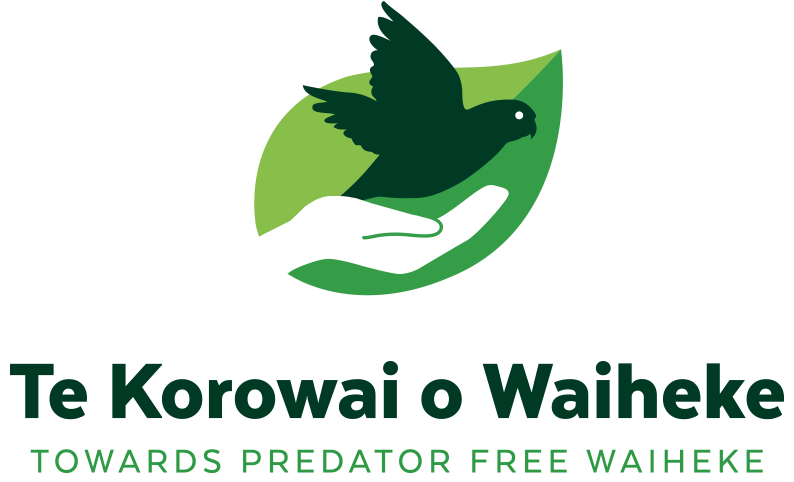Tilde's Talks: Unveiling Waiheke's Hidden Butterflies
You loved Charlie’s Chats, but now we are introducing Tilde's Talks! Tilde Sorensen, a Waiheke local and a Te Korowai o Waiheke Field Team Technician, graduated from the University of Auckland in 2022 with a Master's in bio-security and conservation, specialising in monitoring invasive and native skinks on islands. She played a key role in setting up the stoat pilot on Waiheke Island in 2016 and is currently training to become a stoat detection dog handler.
In her first talk, Tilde shares fascinating insights about some of Aotearoa's unique butterflies…
“For most of us, the monarch or kahuku is the quintessential butterfly. While this species is much loved due to its striking appearance, many other butterfly species go overlooked. Aotearoa is, in fact, home to some 2,000 species of butterflies and moths, 92% of which are endemic.
Two butterfly species that can sometimes be seen on Waiheke, are the kahukura (red admiral) and the kahukōwhai (yellow admiral). These butterflies look remarkably similar to their European counterparts but the red admiral is endemic, while the yellow admiral is native to Aotearoa and Australia.
Endemic kahukura (red admiral butterfly)
These species choose an unusual host plant, stinging nettles, on which to lay their eggs. The red admiral prefers ongaonga or tree nettle as a host, while the yellow admiral will choose any of the nine nettle species. The caterpillars create small tents by rolling the leaves and securing them with silk threads. Here, they stay relatively well protected as the stinging hairs help ward off some would-be predators.
These species were once widespread but are now in decline (an all too familiar conservation story). The insects fall prey to several species of wasp which lay eggs inside the chrysalis before it can hatch. Another issue is the loss of their food source. Anyone who has touched a nettle will know how unpleasant these plants are and therefore, they are not often welcomed into gardens or public areas. Ongaonga, the largest of the nettles in Aotearoa, can be extremely dangerous (I once met a butterfly enthusiast who plants it under his hedge to keep out intruders!).
The best way to help these insects is to add a butterfly-friendly corner to your garden. Many of the nectar-producing plants are also ornamental (for a good list of what to plant, see here). If you have an unused section of your garden plant some nettles, but avoid the perennial nettle, Uritca dioica which is a pest plant. Finally, reduce pesticide and herbicide use, which can harm both the butterflies and their food sources.
If you are lucky, you will see these stunning butterflies around the motu and now you will know a little more about them!”
— Written by Tilde Sorensen
Native kahukōwhai (yellow admiral butterfly)


